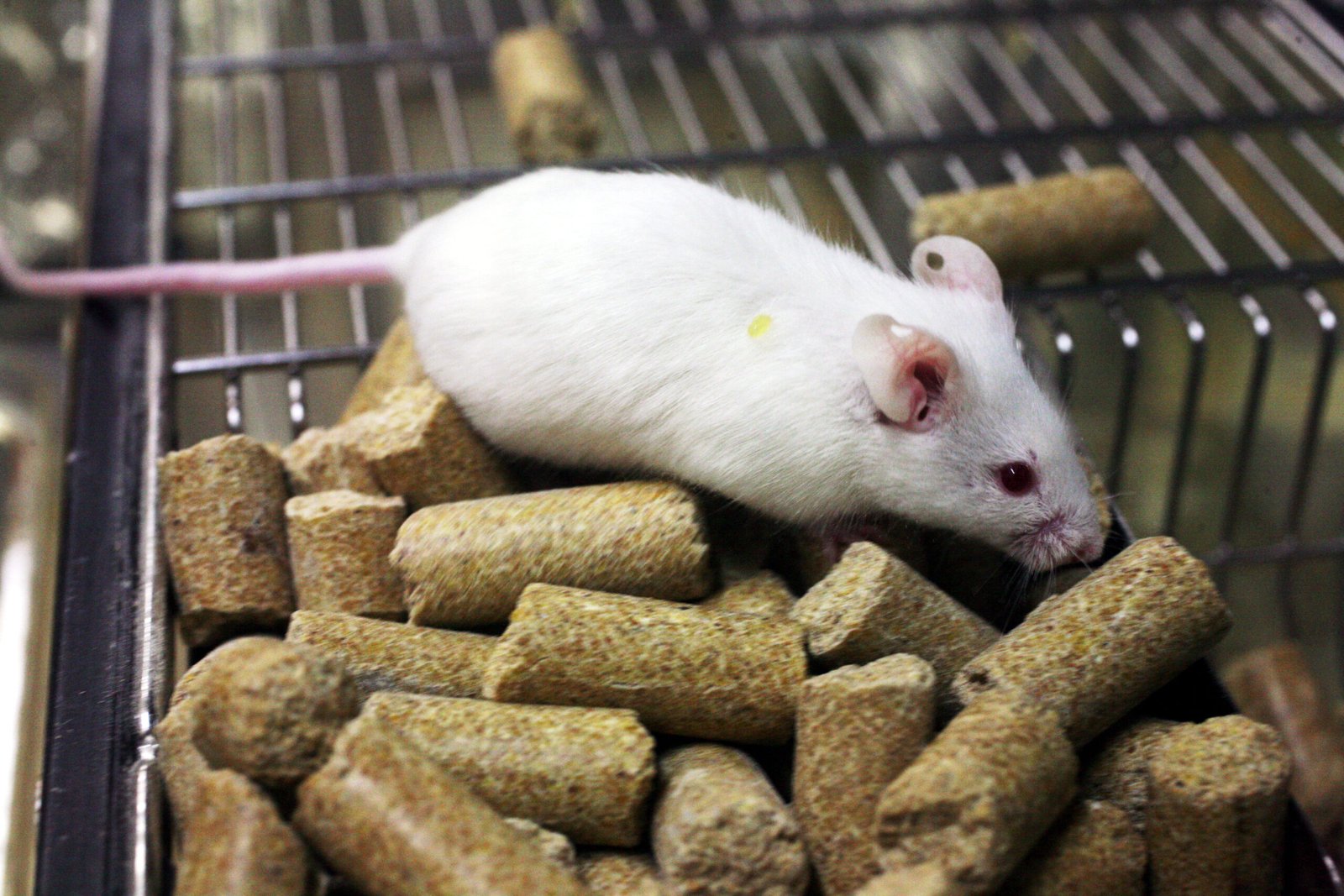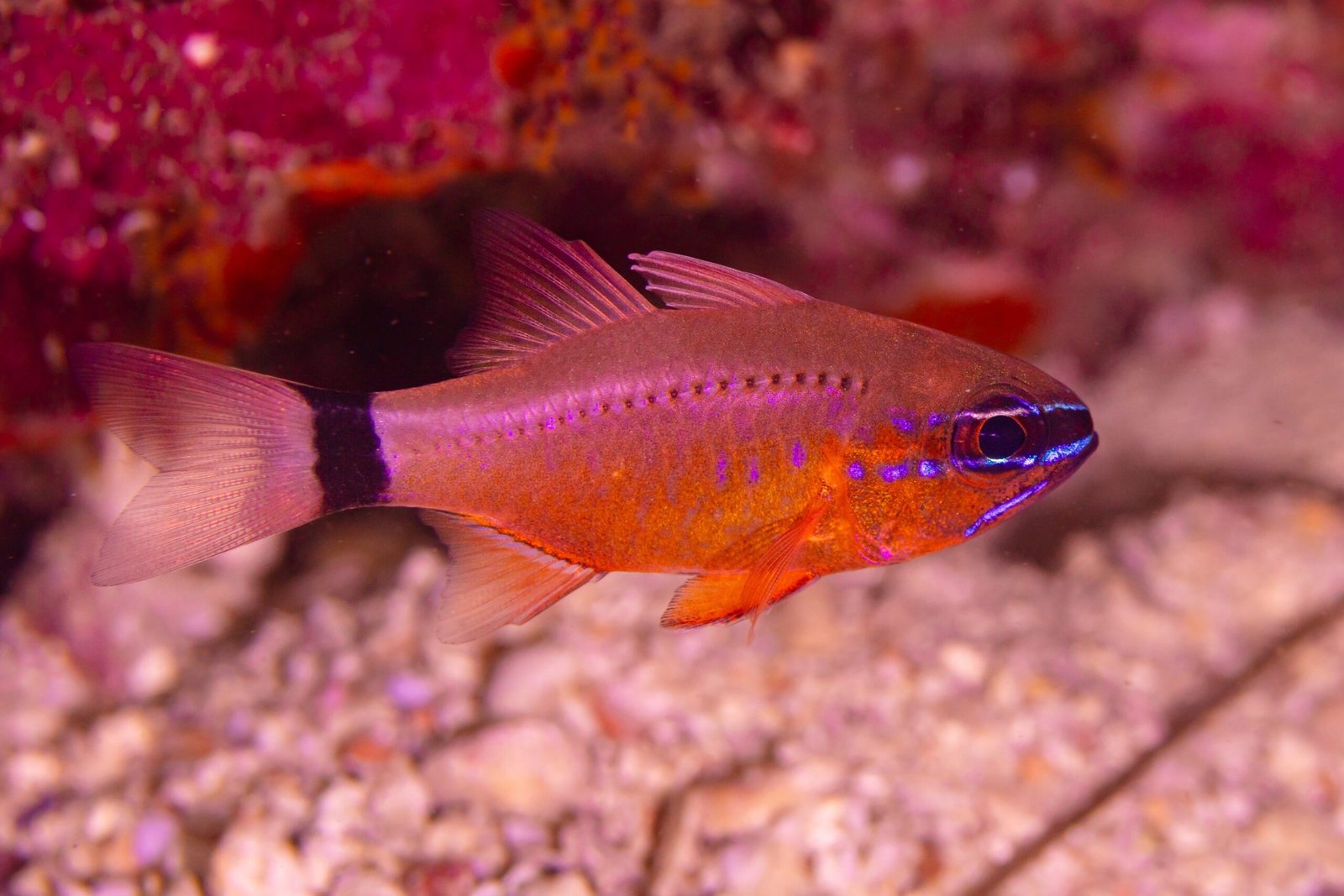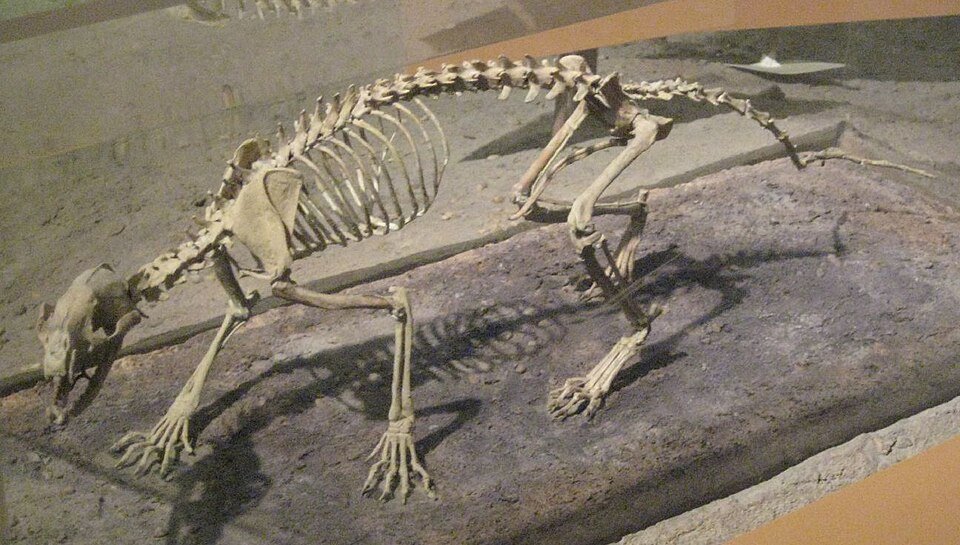In a world that often feels like it’s straight out of a science fiction novel, the creation of glow-in-the-dark animals is perhaps one of the most enchanting chapters. This fascinating story is not just about the dazzling spectacle of animals glowing in the dark but also a profound tale of scientific ingenuity and exploration. Imagine walking through a forest and seeing trees illuminate with the glow of fireflies, only to notice a rabbit or a jellyfish emitting a similar luminescence. This is not a fantasy world but a reality crafted through meticulous scientific experiments.
The Genesis of Bioluminescence in Nature

Bioluminescence is a phenomenon that has long intrigued scientists and nature lovers alike. It refers to the ability of living organisms to produce and emit light. Found predominantly in marine animals like jellyfish and certain types of algae, it’s a natural spectacle. For centuries, people have marveled at the glow of fireflies and the eerie blue light from ocean waves at night. This natural glow comes from a chemical reaction that involves a light-emitting molecule called luciferin and an enzyme called luciferase. But nature’s glow-in-the-dark wonders are not limited to just these organisms. The quest to understand and replicate this phenomenon in other animals led to the secret experiments that would eventually create glow-in-the-dark animals.
The Role of Genetic Engineering
The journey from natural bioluminescence to engineered glow-in-the-dark animals hinges on the marvels of genetic engineering. Scientists began experimenting with the genes responsible for bioluminescence, particularly the green fluorescent protein (GFP) found in jellyfish. By isolating the GFP gene, they could insert it into the DNA of other organisms. This groundbreaking work opened up new possibilities in the world of genetic research. The first successful attempt was with laboratory mice, which glowed green under ultraviolet light. This success marked the dawn of a new era in genetic modification, proving that it was possible to transfer and express bioluminescent traits across different species.
A Breakthrough with Glow-in-the-Dark Mice

The creation of glow-in-the-dark mice was a pivotal moment in the history of genetic engineering. It demonstrated that scientists could indeed manipulate the genetic code of an organism to express a trait not originally found in its DNA. This experiment involved microinjecting the GFP gene into mouse embryos. As these embryos developed, they carried the GFP gene, resulting in mice that glowed under specific light conditions. This breakthrough was not just a scientific triumph but also a proof of concept that paved the way for further experimentation with other animals.
Expanding the Glow: Zebrafish and Beyond

Following the success with mice, scientists set their sights on other species. Zebrafish, known for their transparent embryos, were ideal candidates for further experimentation. By incorporating the GFP gene into zebrafish embryos, researchers were able to observe developmental processes in real-time, providing invaluable insights into vertebrate biology. This success was not only visually spectacular but also a significant advancement for biomedical research. The ability to track cellular processes in living organisms opened up new avenues for understanding diseases and developing treatments.
The Ethical Considerations of Genetic Modification
While the scientific community celebrated these advancements, the creation of glow-in-the-dark animals also sparked ethical debates. The manipulation of genetic material raises questions about the implications of altering an organism’s natural characteristics. Critics express concerns about the potential consequences of releasing genetically modified organisms into the wild, where they might disrupt ecosystems. Others argue about the moral implications of using animals for such experiments. These discussions highlight the need for responsible scientific practices and the importance of balancing innovation with ethical considerations.
The Practical Applications of Bioluminescent Animals

Beyond the initial spectacle, glow-in-the-dark animals have practical applications that extend into various fields. In medicine, for instance, bioluminescent markers are used in research to study disease progression and the effects of treatments. In environmental science, these animals help monitor pollution levels, as certain bioluminescent reactions are sensitive to toxins. The use of bioluminescence as a natural reporter system facilitates breakthroughs in understanding complex biological processes, demonstrating that these experiments have far-reaching benefits beyond their initial scientific novelty.
Challenges and Risks of the Unknown
Despite the promising applications, creating glow-in-the-dark animals does not come without its challenges. The long-term effects of genetic modifications are still not fully understood, and there is a risk of unforeseen consequences. Scientists must tread carefully, ensuring that their experiments do not inadvertently harm the animals involved or disrupt natural ecosystems. The complexity of genetic interactions means that even small changes can have significant impacts on an organism’s health and behavior. As researchers push the boundaries of what is possible, they must remain vigilant about the potential risks associated with their work.
Future Prospects and Innovations

The future of bioluminescent animals is as bright as the glow they emit. Researchers are continually exploring new ways to harness this technology for the greater good. From developing new therapeutic techniques to advancing ecological studies, the potential applications are vast. Innovations such as using bioluminescence in agriculture to monitor crop health or in forensic science to detect biological traces at crime scenes are just the beginning. As technology advances, the possibilities for utilizing bioluminescence in everyday life continue to expand, promising exciting developments in the years to come.
A Glimpse into a Glowing Future
The secret experiments that created glow-in-the-dark animals have illuminated more than just the creatures themselves; they have shed light on the potential of genetic science. As we stand on the brink of a new era in scientific exploration, it is crucial to reflect on the journey so far. The story of bioluminescent animals is a testament to human curiosity and the relentless pursuit of knowledge. It challenges us to consider the ethical dimensions of our advancements and inspires us to imagine a future where science and nature coexist harmoniously, revealing mysteries yet to be uncovered.




